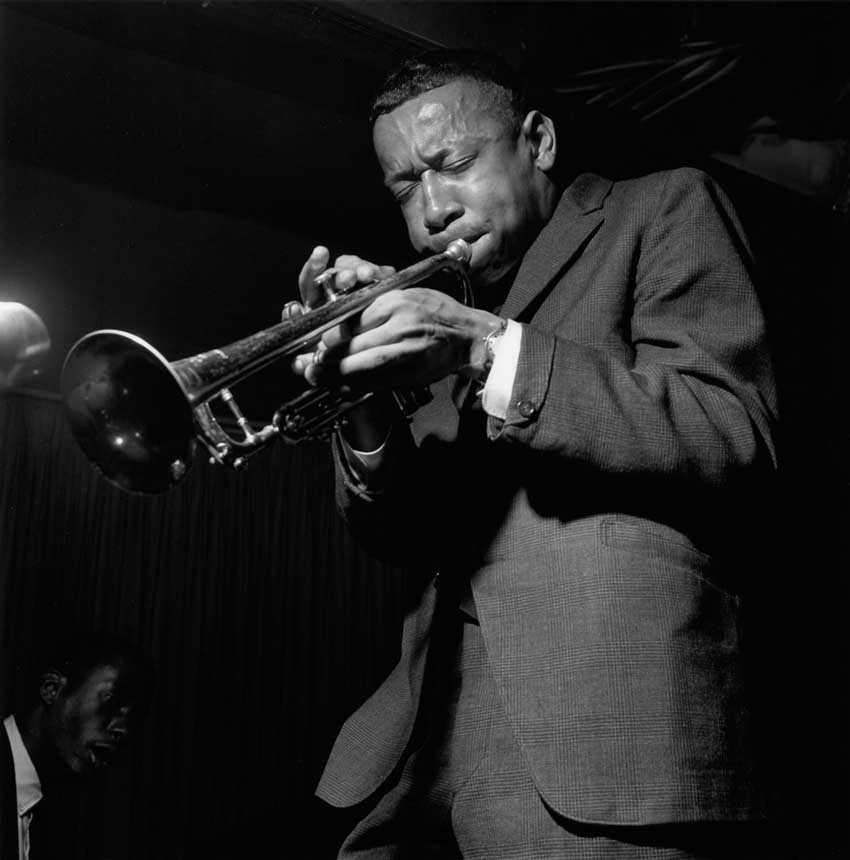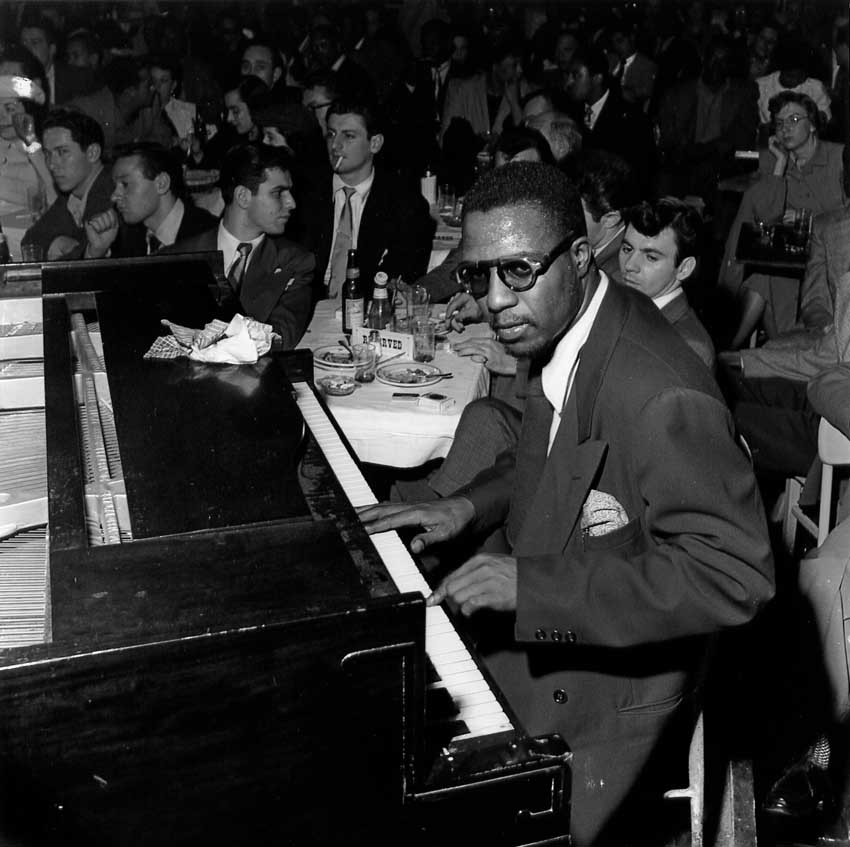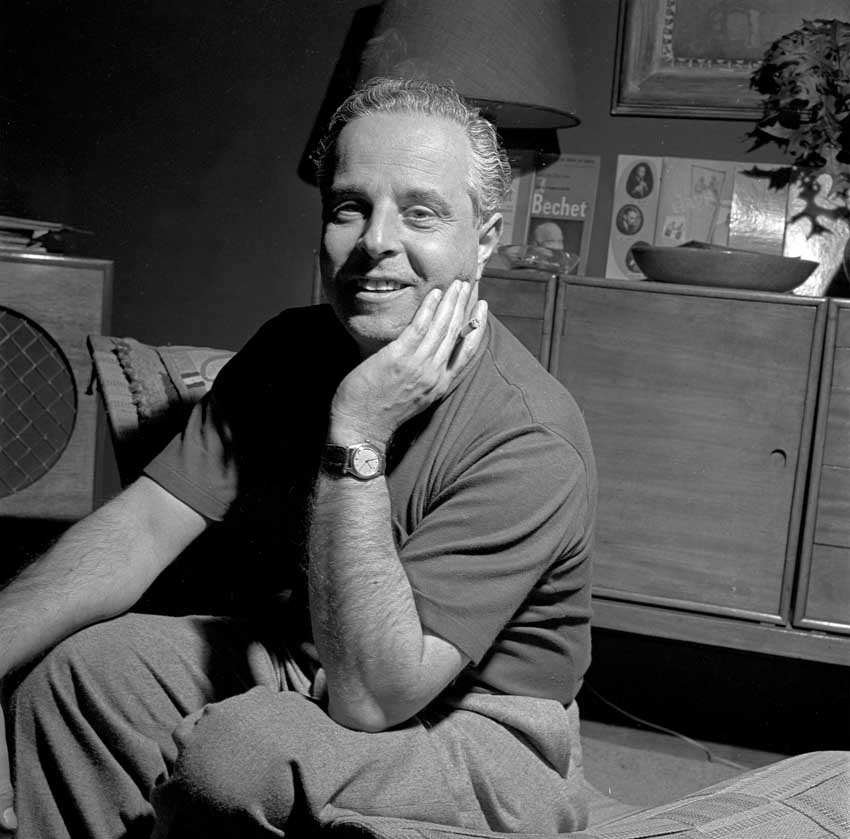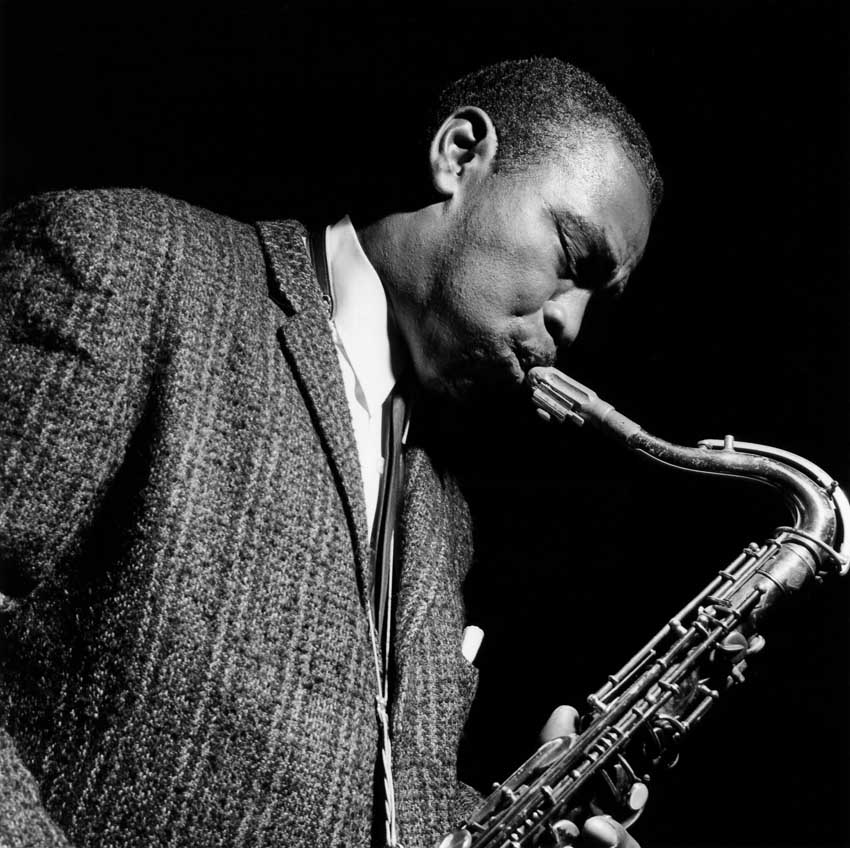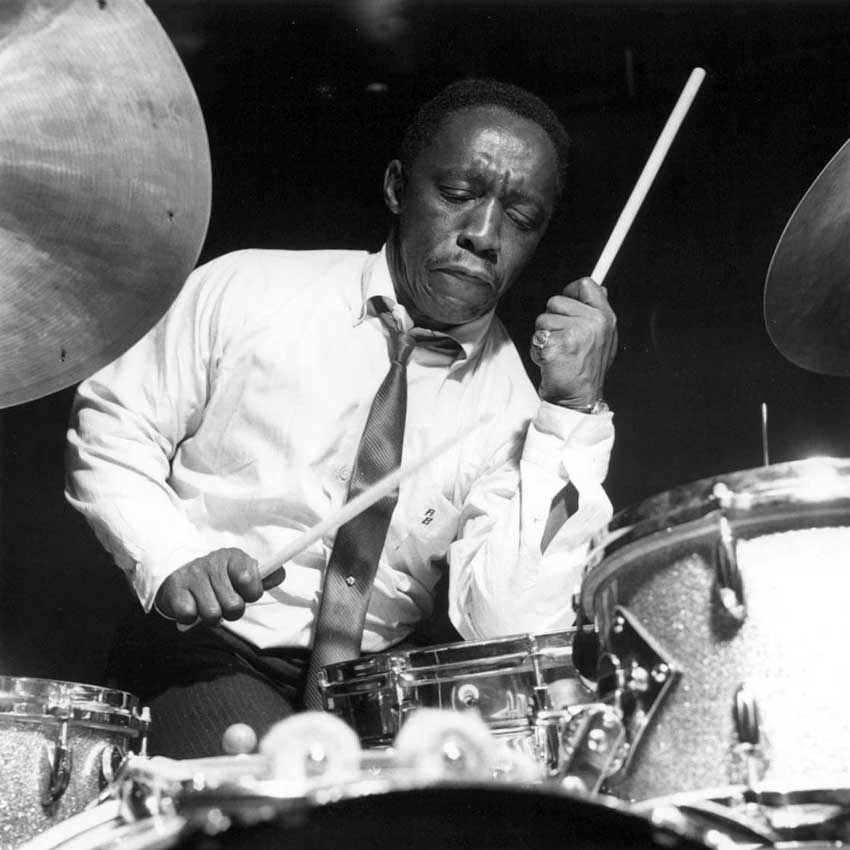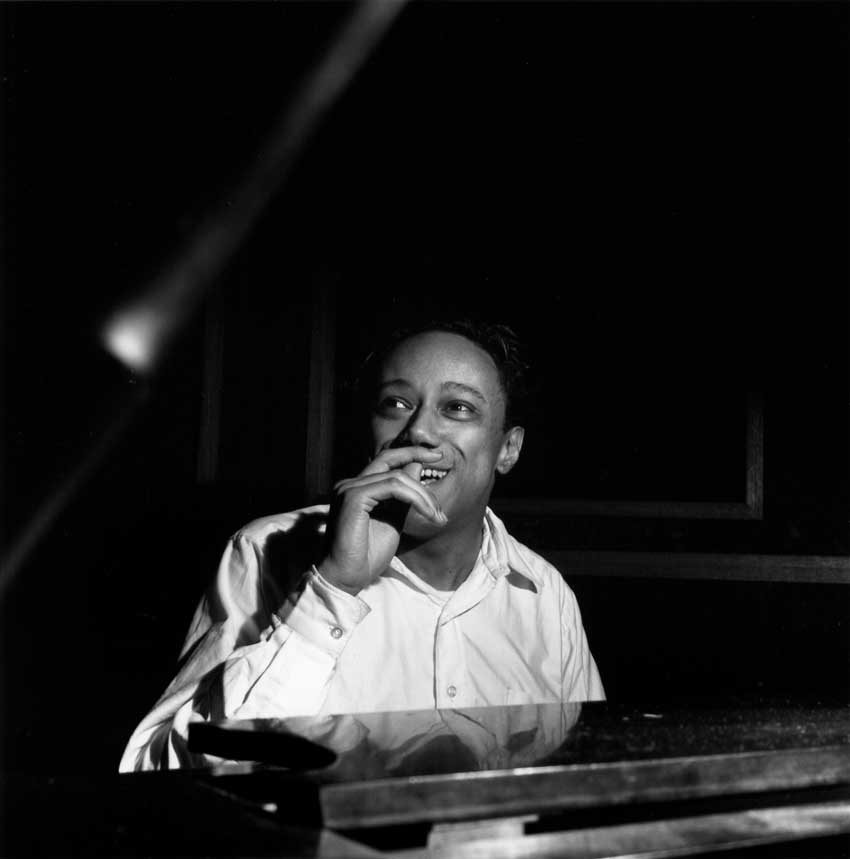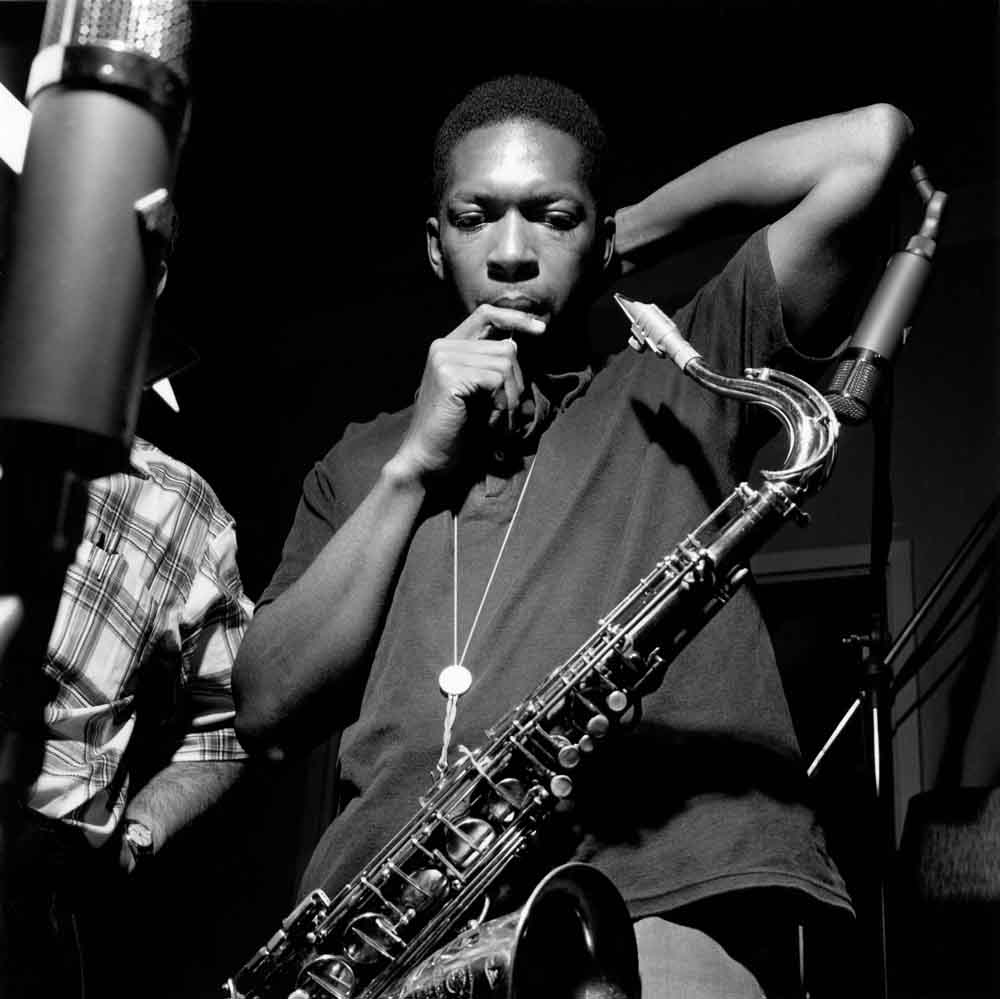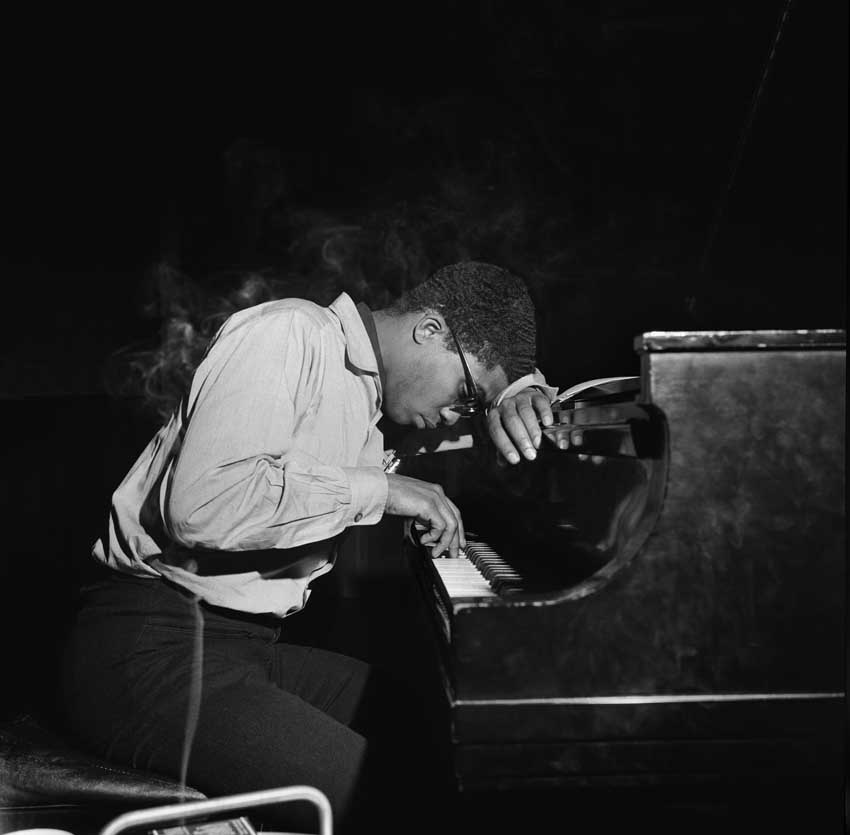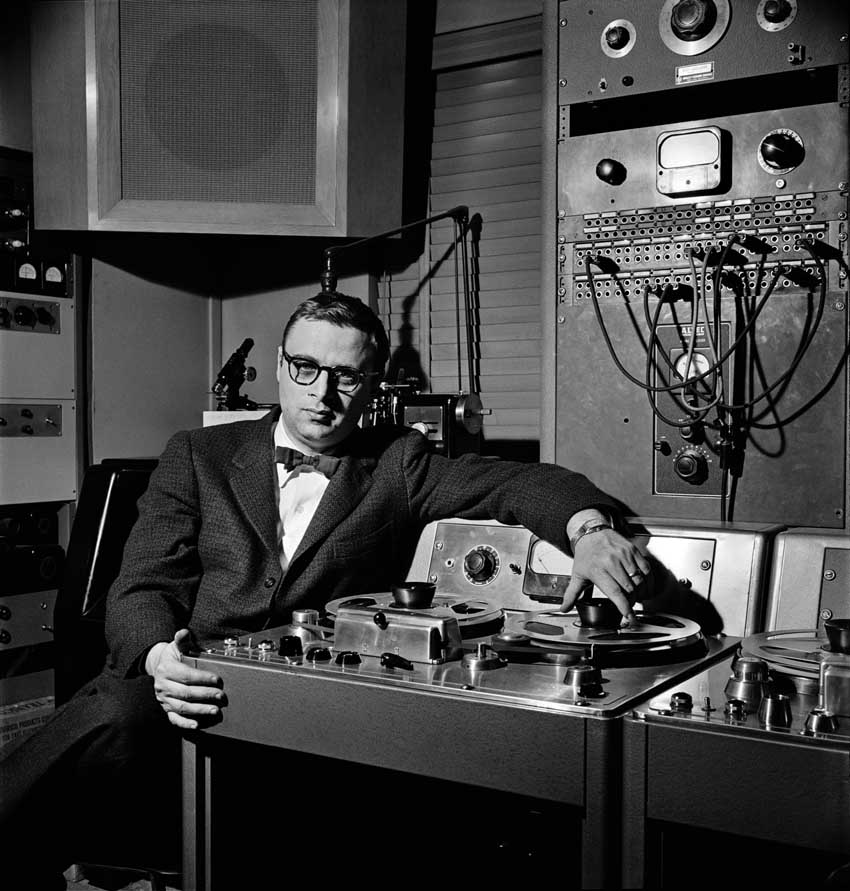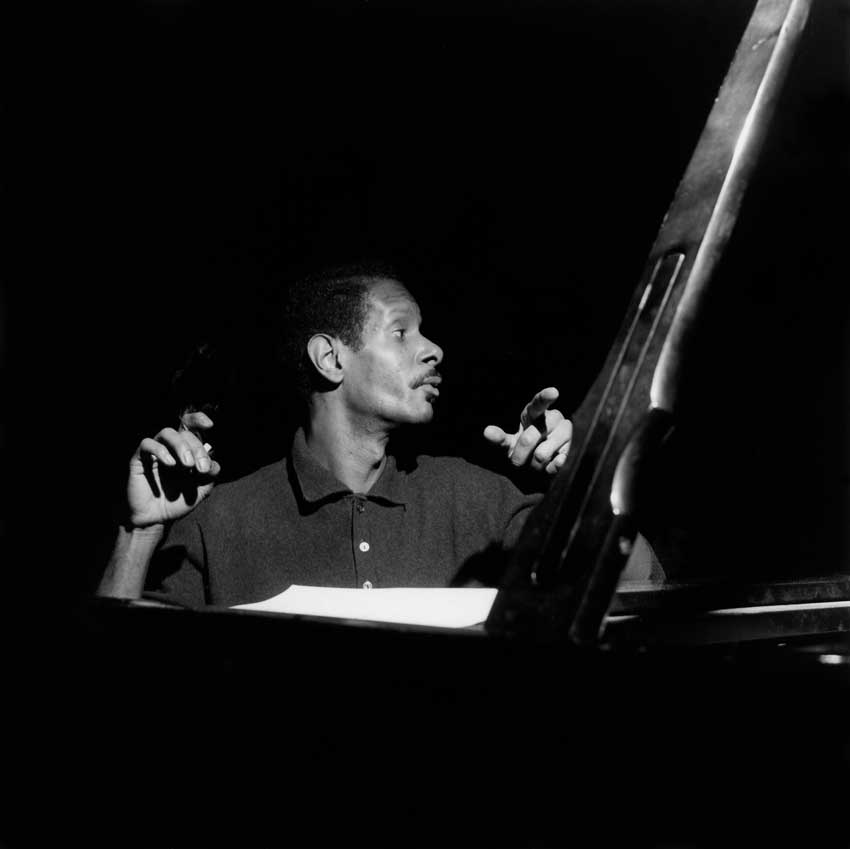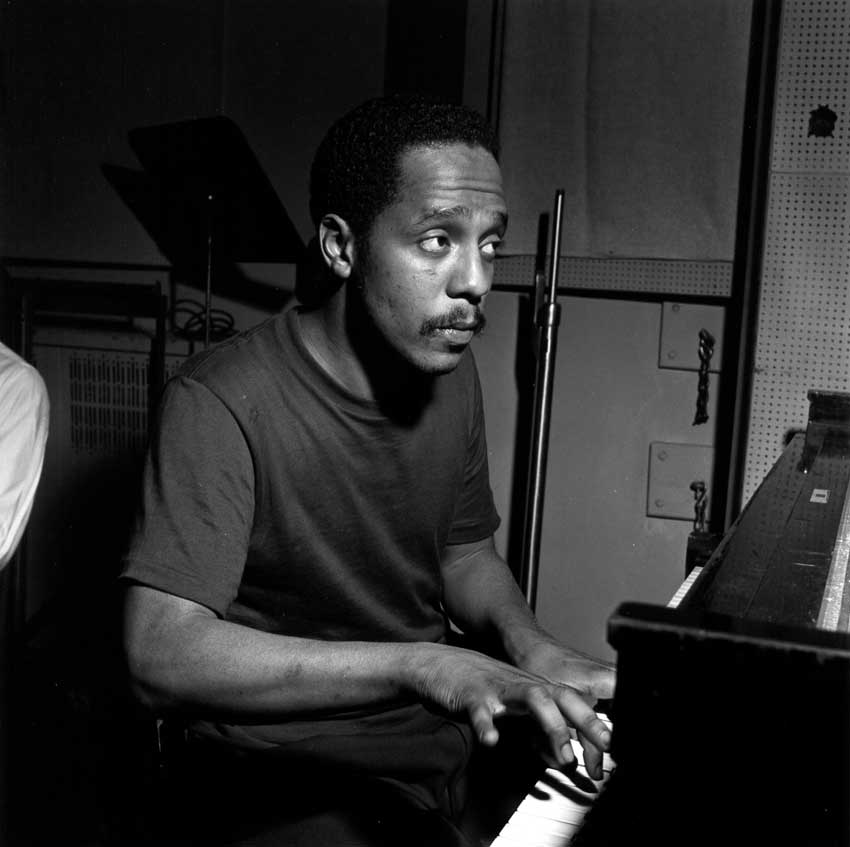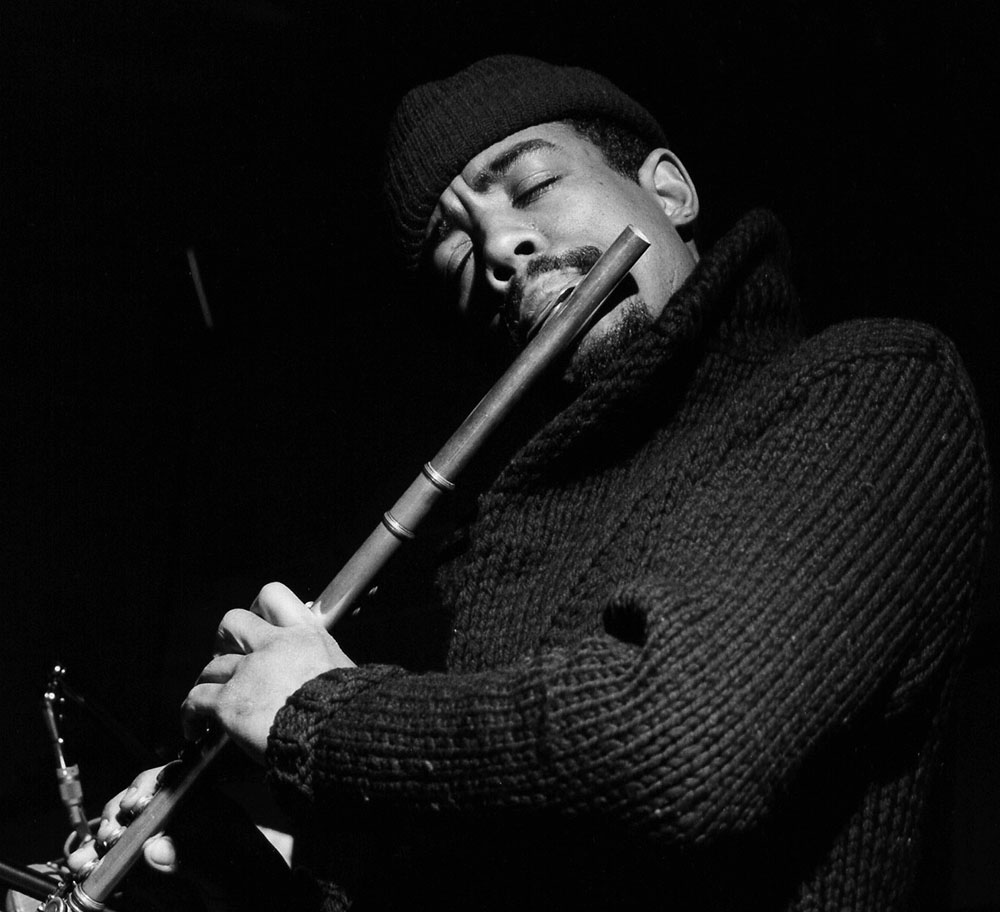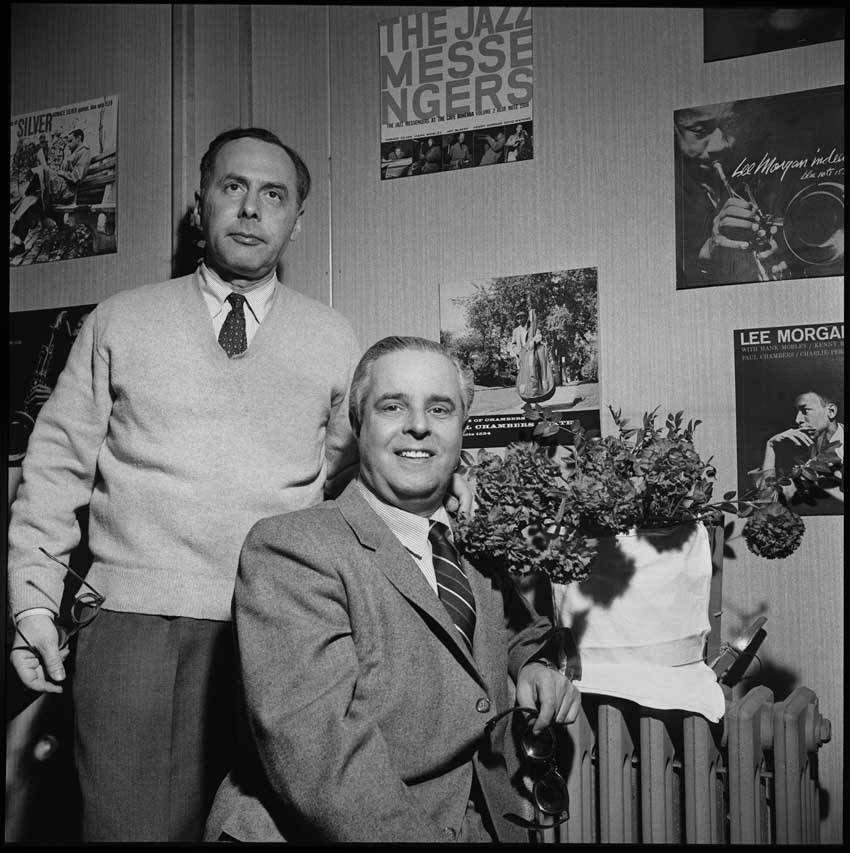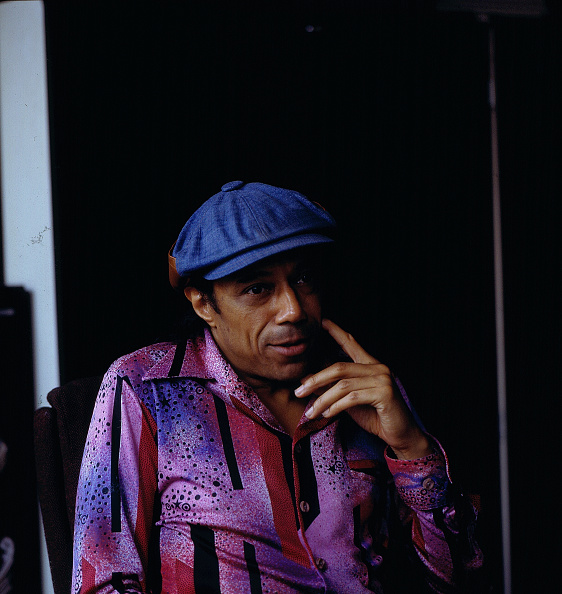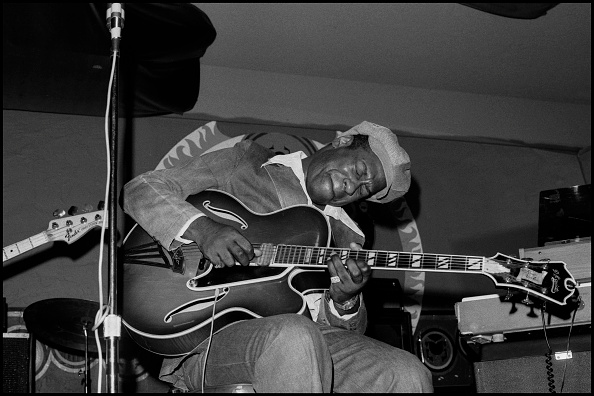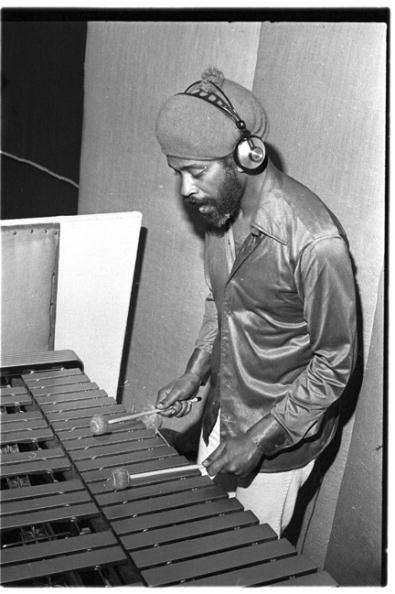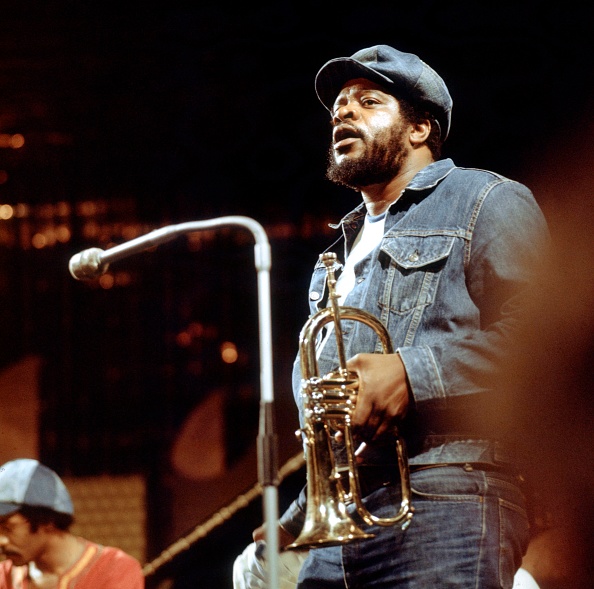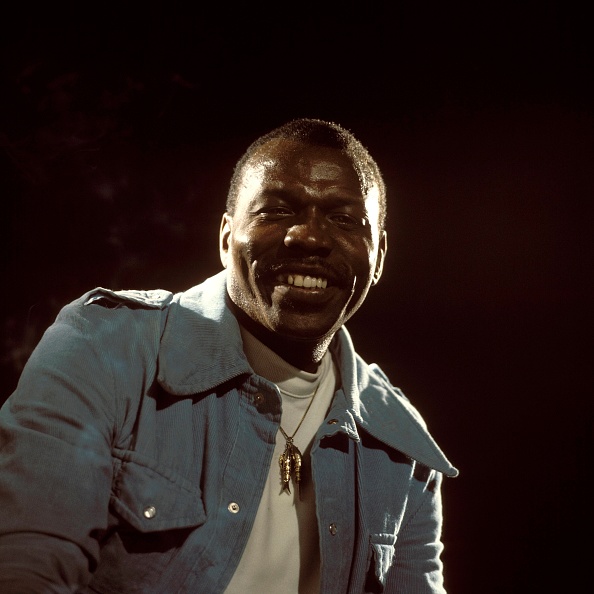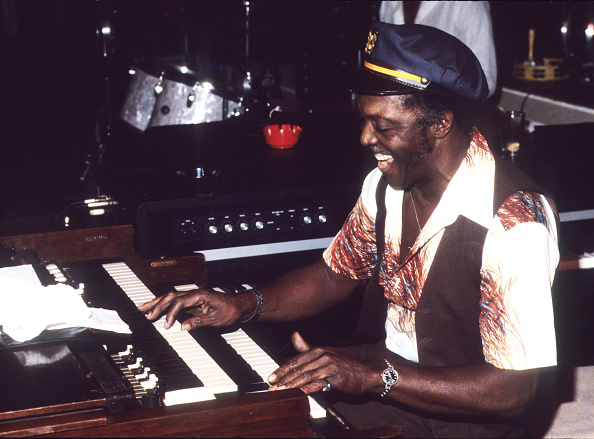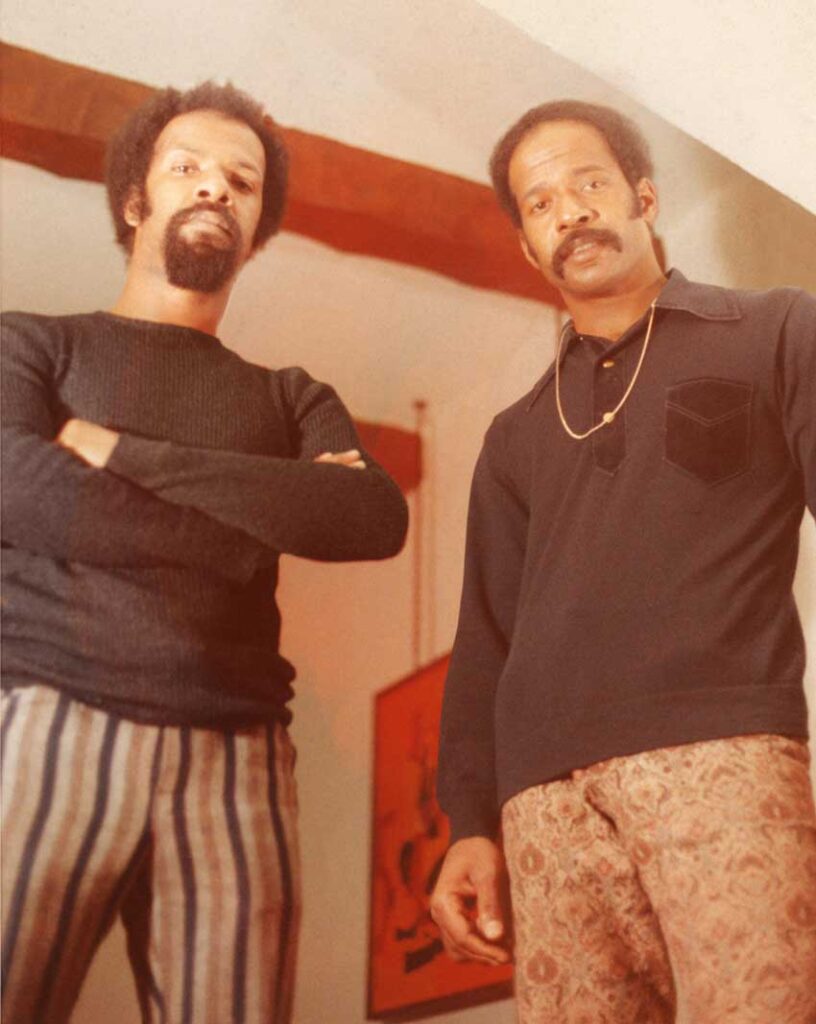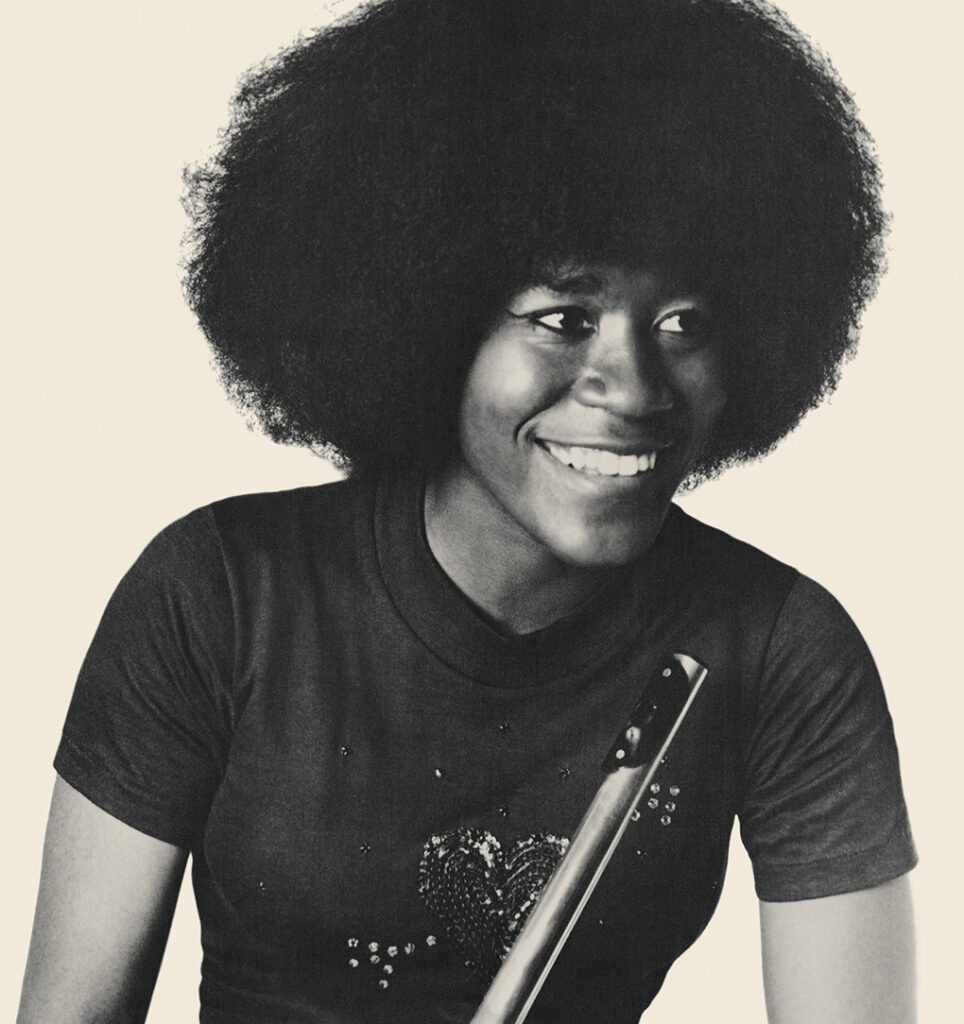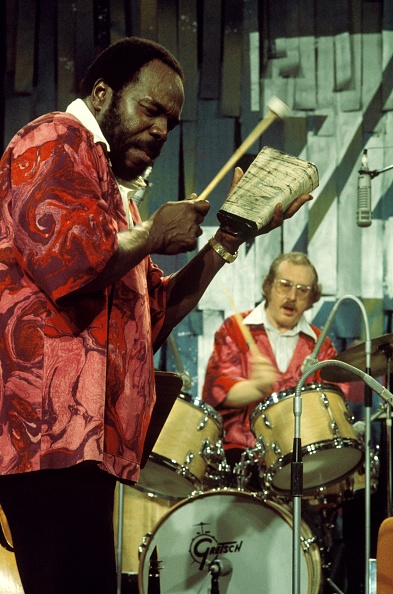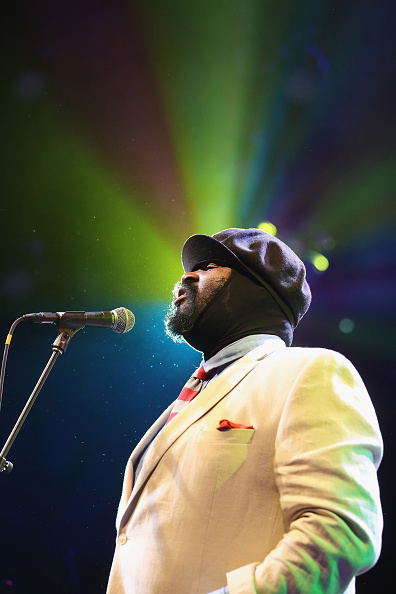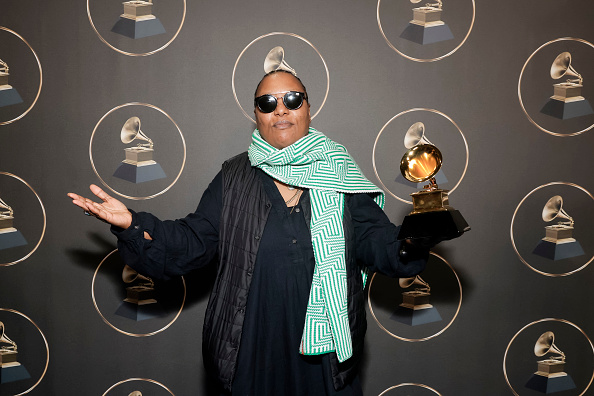
When the German-Jewish New Yorker Alfred Lion founded Blue Note Records back in 1939, he couldn’t have known he was establishing one of the most important names in the history of jazz. But 85 years on, the past, present and future of this iconic label is still right at the heart of jazz.
We’ve collected together some key moments, images, stories and albums from an illustrious 85 years to tell the story of Blue Note Records.
BLUE NOTE – A CONSTELLATION OF SHINING STARS
Explore the twinkling universe of Blue Note Records! In celebration of its 85 year anniversary in 2024, Bristol based illustrator and designer Patch D Keyes has created a brand new ‘family constellation’ to honour some of the key figures from the Blue Note stable. Click Image to Enlarge.
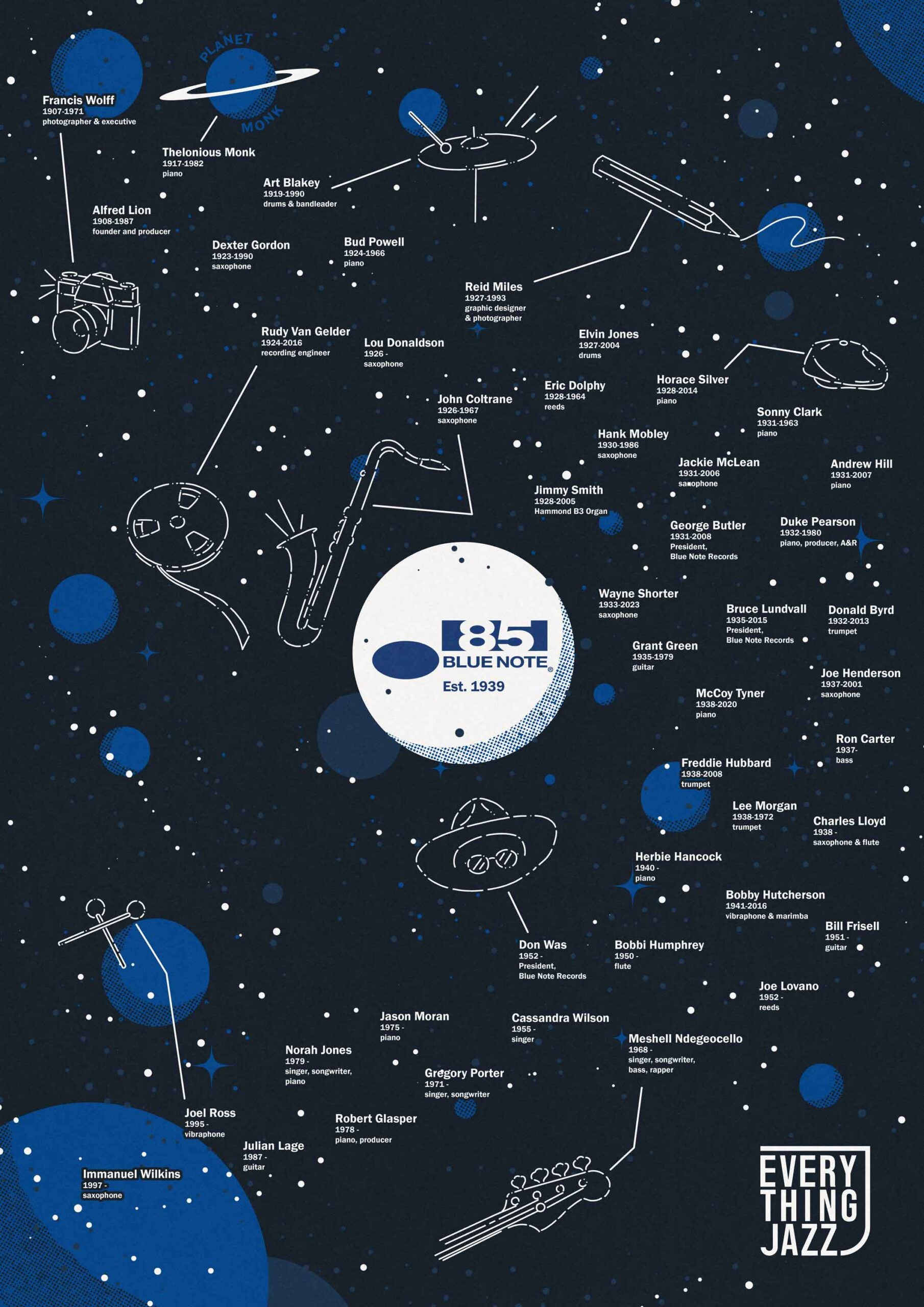
THE 85 BEST BLUE NOTE ALBUMS
THE EJ 85 – BLUE NOTE’S BEST RECORDS
With over 1000 albums in its archives, defining the essential records and artists in the Blue Note discography is a nearly impossible task, but here are the 85 records we think everyone should know about.
What do you think? Drop us a line to tell us how you’d do it: info@everythingjazz.com
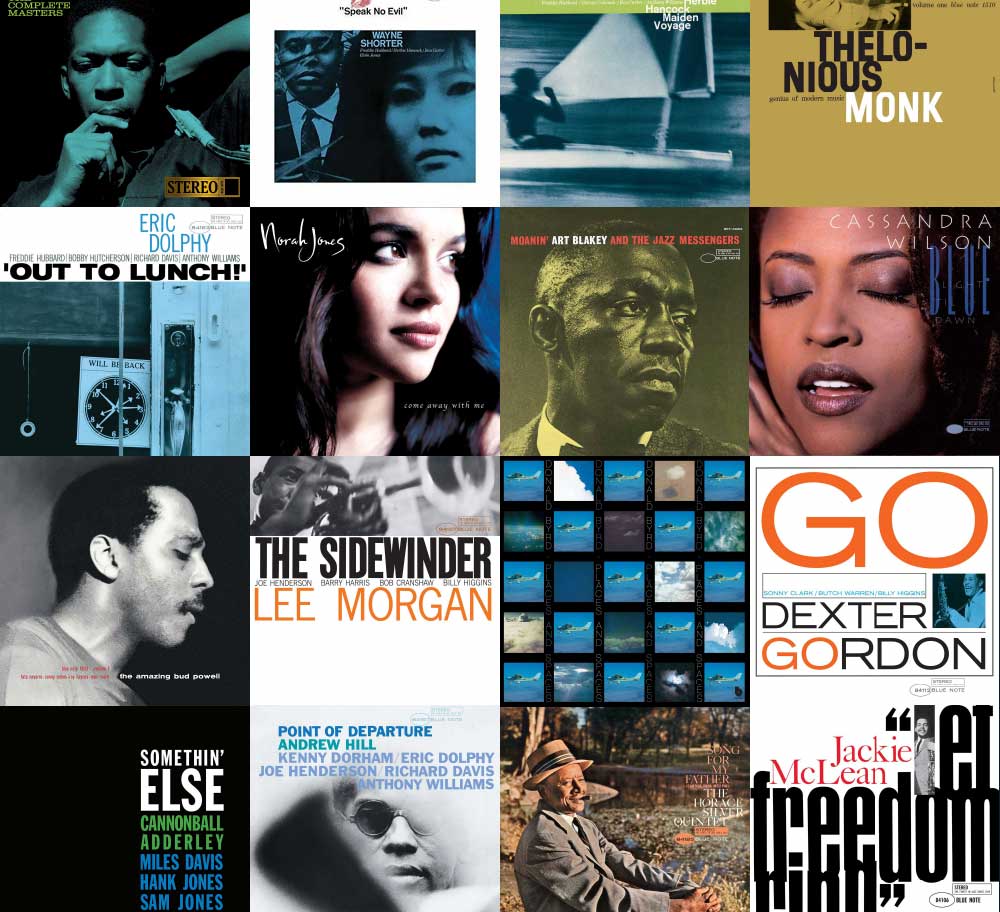
BLUE NOTE THROUGH THE AGES
THE HOME OF HARD BOP
All photographs: Francis Wolff / Blue Note Records.
In the period after World War II, Blue Note was well established and growing; the photographer Francis Wolff had emigrated to the US and joined forces with producer Alfred Lion. Together they built Blue Note’s reputation as a label that worked with musicians and treated them well.
Whilst more traditional names such as the pioneering New Orleans saxophonist / clarinettist Sidney Bechet were still popular, artists such as pianist Thelonious Monk, saxophonist Ike Quebec, drummer Art Blakey, and pianists Horace Silver and Bud Powell found a home at Blue Note and embraced the emerging aesthetic of bop. Bands were smaller, solos ever more dexterous, and compositions were harmonically complex and challenging. Jazz still swung hard, but it was less about the dance floor and more about close listening.
EVERYTHING JAZZ POSTERZINE® #01: 85 YEARS OF BLUE NOTE RECORDS
Explore 85 years of the iconic Blue Note Records. Includes exclusive A1 poster of Joe Henderson by Francis Wolff.
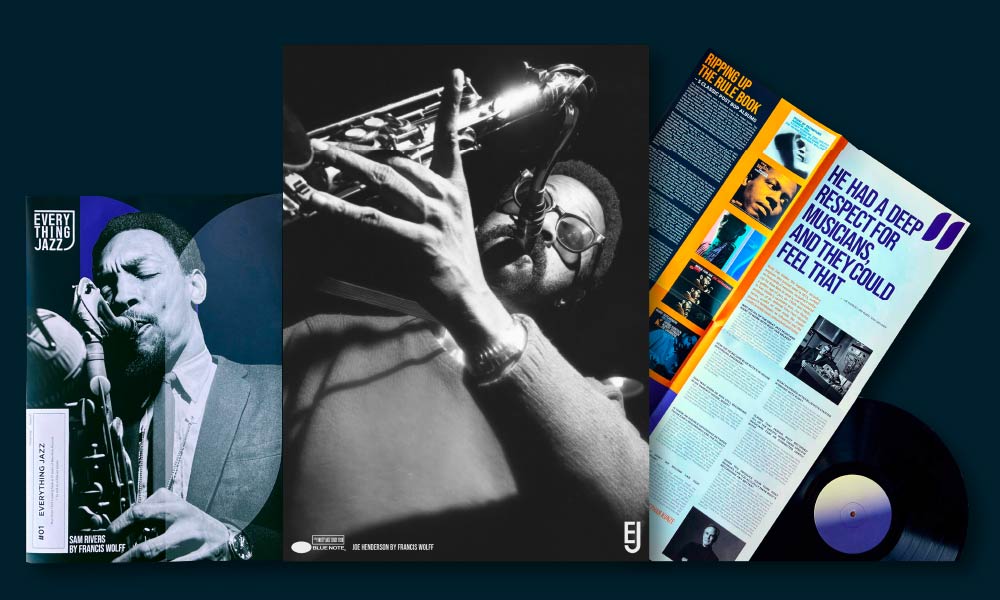
They were quickly joined by the likes of John Coltrane, Herbie Hancock, Wayne Shorter, Lee Morgan and the influential pianist and producer Duke Pearson.
Legendary recording engineer Rudy Van Gelder was a key man in this era of Blue Note’s history. From first studio in his parents house in Hackensack, to his purpose built space in Englewood Cliffs. The New Jersey native poured thousands of hours into perfecting his recording technique, and for over a decade from the mid 1950s, you’ll find Rudy Van Gelder’s name on almost every Blue Note session.
Blue Note had an unwavering and passionate team of creative leadership at the helm and the world’s best musicians in its studios. Together, they helped write a hugely important chapter in the history of jazz.
BEHIND THE COVERS
In the 21st century, it’s rare to create a body of work so synonymous with a movement or culture as Francis Wolff’s photographs for Jazz. EJ’s picture editor picks her favourite Wolff images shot for Blue Note.
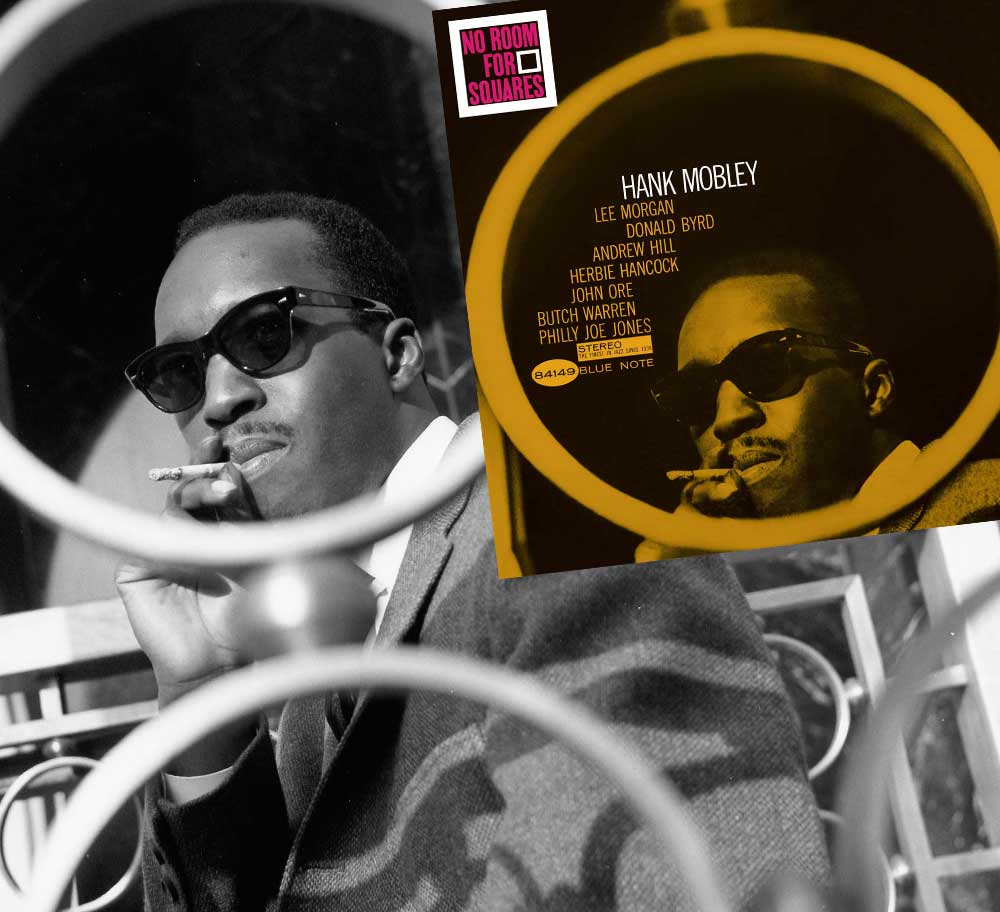
JOINING THE BOPS
For many jazz lovers, Blue Note is bop, but it can be tricky to separate your hard bop from your post bop. So let EJ’s Kevin Le Gendre be your guide through this musically rich and crucially important period in jazz history, with the defining albums to build your bop collection.
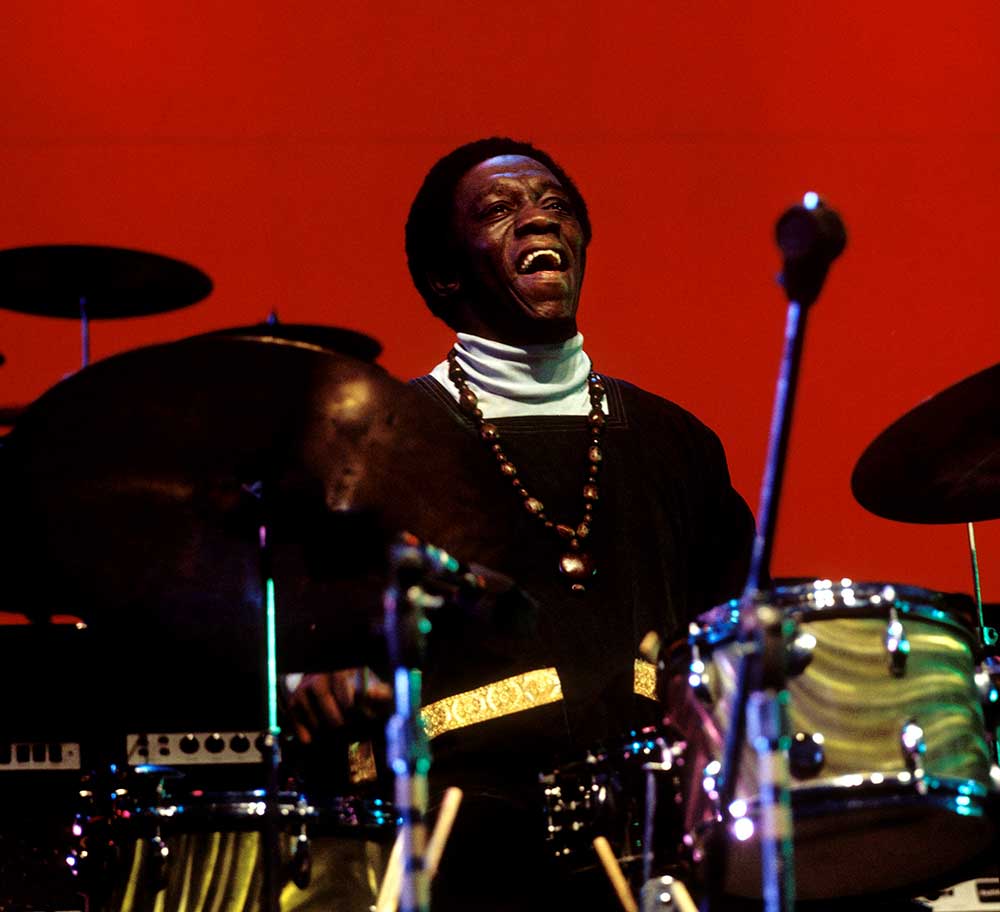
THE 1970s
With the popularity of hard bop giving way to fusion, jazz funk, free, and spiritual jazz, the sound of jazz was in transition throughout the 1960s. In 1971 Blue Note entered a new chapter when Dr George Butler took over from label co-founder Francis Wolff and embraced the influences of soul, gospel, psychedelia and funk. This change in leadership and musical direction proved to be revolutionary and left a lasting legacy.
HOW GEORGE BUTLER TOOK BLUE NOTE RECORDS SKY HIGH
By the start of the 1970s, Blue Note was already navigating new waters, but it was the arrival of the six foot tall and debonair George Butler that would transform the sound of Blue Note.
With the passing of Francis Wolff, Butler – who had earned his spurs as a producer for soul and gospel musicians at United Artists Records – was given free rein to release the music he considered relevant for the times.
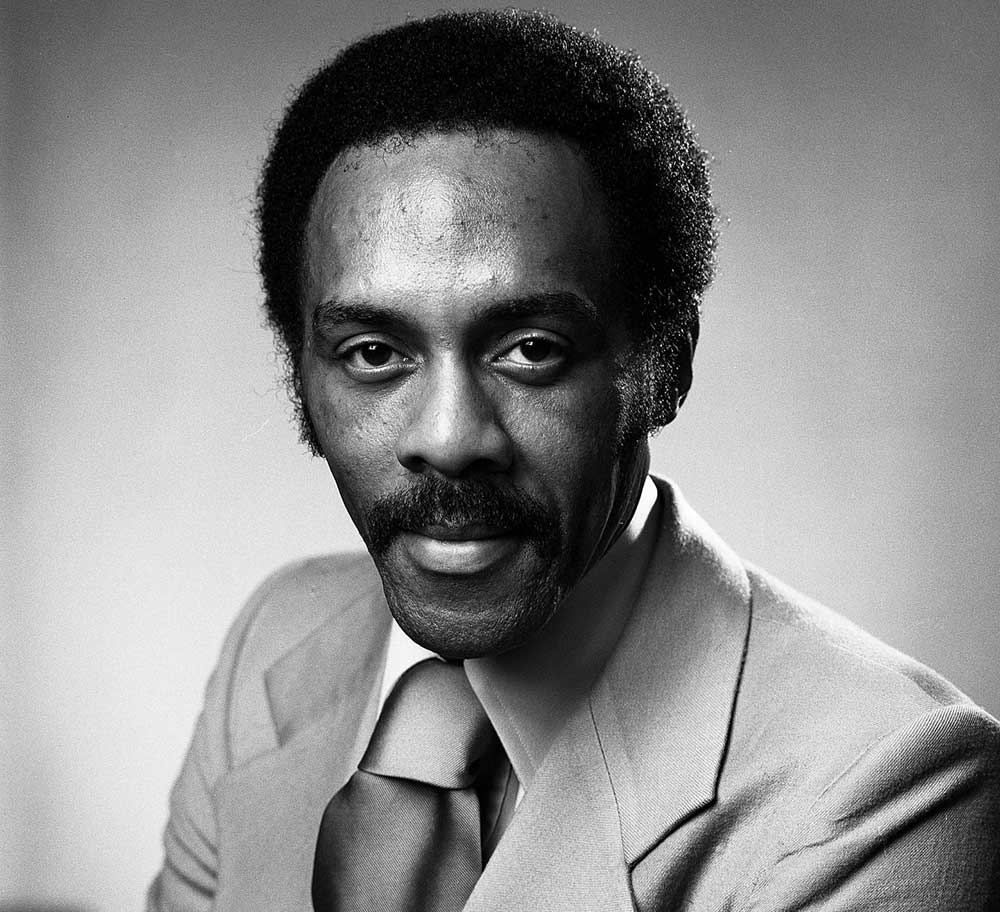
LOOKING FORWARD WITH DON WAS
In 2011, the producer, bassist, composer and broadcaster Don Was was announced as president of Blue Note records. Don Was has worked with everyone – the Rolling Stones, Solomon Burke, Bonnie Rait, Jason Moran and Bob Dylan are just a handful of his colleagues, and he has won a clutch of GRAMMY Awards.
Under Was’ stewardship, Blue Note has continued to flourish and break new musical ground – his leadership of Blue Note is marked by signing Gregory Porter. Well established artists like Joshua Redman and Meshell Ndegeocello are finding new homes at the label – and making critically acclaimed records. Global star Norah Jones continues to find creative freedom and partnerships since her initial mega hit – 2002’s “Come Away With Me”, whilst a younger generation of artists such as Joel Ross, Immanuel Wilkins, DOMi & JD Beck, Aaron Parks, Julian Lage and Cautious Clay and keeping the jazz flame well and truly alight.
CONTINUING THE LEGACY: DON WAS AND BLUE NOTE RECORDS
Does Don Was have the best job in jazz, or even the whole music industry?
As President of Blue Note records, he is the custodian of a huge chapter in the history of jazz and the architect of its future. Andy Thomas sits down with Don Was for a catch up.

COLLECTION: Digging the Discography
Not sure which artist you’re looking for? We’ve pulled together all of our Blue Note titles in to these browsable collections. Are you in the UK? You can also browse our sister UK Blue Note Store.
MORE IN-DEPTH FEATURE PAGES…


